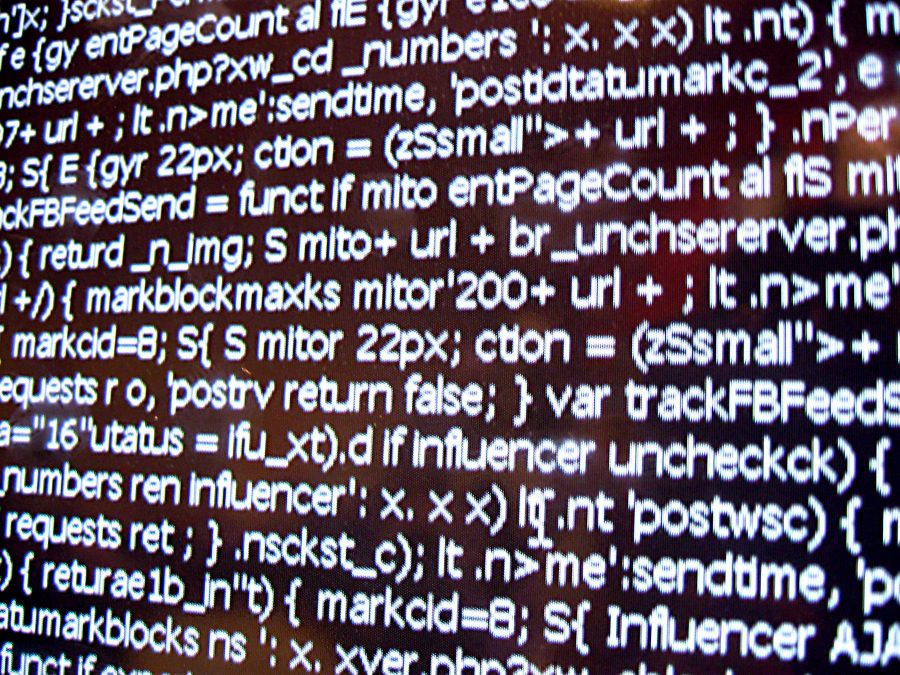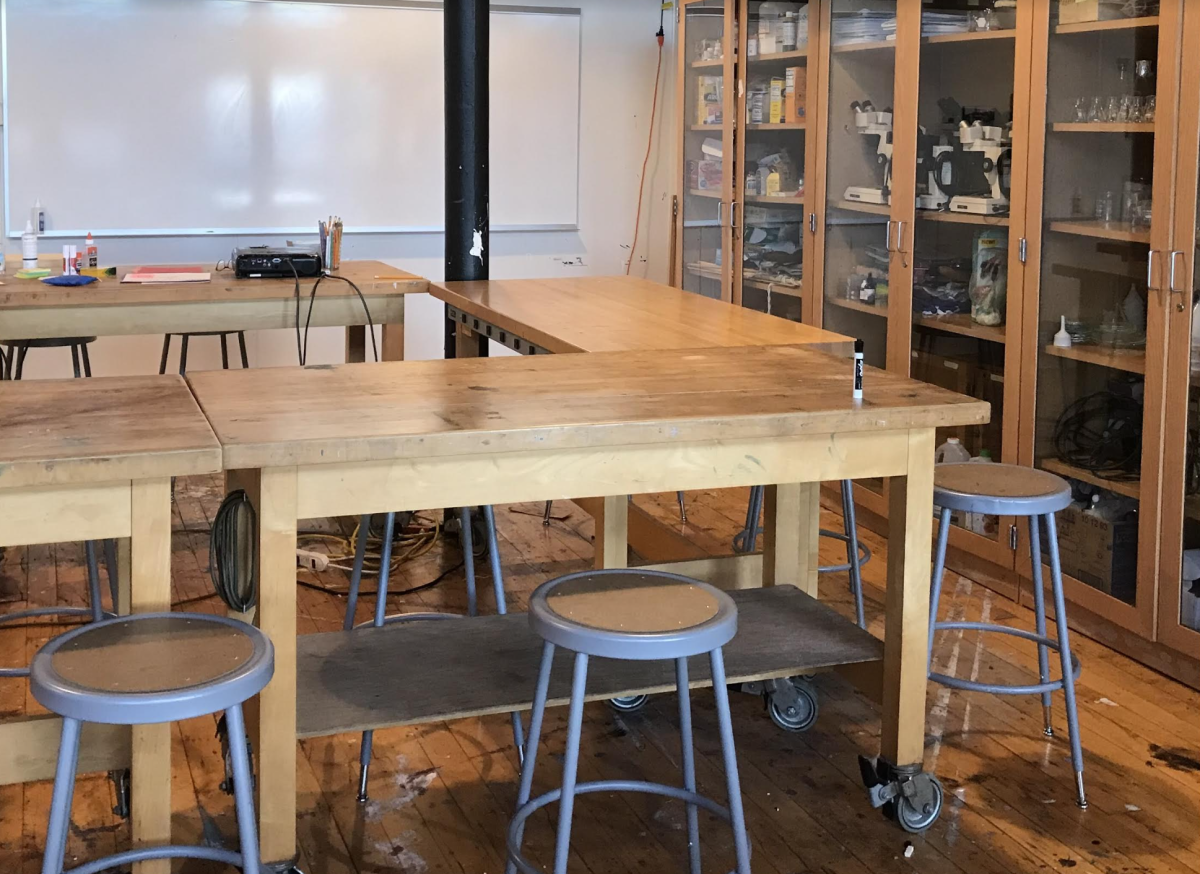By Katie Sittig-Boyd
Staff Writer
In the ubiquitous age of computing, there has been an increasing emphasis on learning how to program. Employers consistently want their employees to have some basic knowledge of coding, even for jobs that don’t seem particularly computing-centric.
But for many people new to the world of code, learning how to program is daunting. For one thing, there are a lot of different programming languages, often with strange or outright esoteric names, such as “C#,” “Scala,” “Swift,” or even “Java”: (Is it coffee? Is it code?).
And let’s not even touch “JavaScript,” which is entirely different but similar in name (it’s actually very common in web programming, while Java is often used in software).
As overwhelming as computer programming may seem initially, it is quite simple to learn how to write and run some code regardless of past computer experience (or lack thereof).
There are a few simple ways to get started programming. Many websites are actually set up to allow beginning programmers write and edit code on the site itself, rather than in a separate text editor, which is fantastic for people who don’t know what text editors are or how to get one.
One particularly good site is code.org, which is dedicated to improving the technological know-how of people everywhere, particularly from demographics that are not traditionally well-represented in computing. This includes women and students of color, who statistically comprise very little of the tech industry.
Perhaps best known for its Hour of Code, code.org allows beginners of all ages to explore programming concepts in a fun and engaging setting. Using Scratch, a programming language developed at MIT to teach introductory programming concepts, beginning coders can learn to make games as directed during an Hour of Code.
Other Hour of Code learning activities include maze navigation, designing a Flappy game (modeled off of Flappy Bird), and ways to make games for the iPhone.
Getting started on code.org is simple: head to code.org, click “learn,” and pick a programming tutorial that seems interesting—then start programming!
Codecademy is another great way to pick up some programming basics. Offering lessons in Python, Ruby, PHP, as well as web formatting in CSS and HTML, Codecademy provides a structured approach in learning to code.
In comparison to code.org, the Codecademy site may seem a bit more complex, and it does require new users to sign up, either via their Facebook or Google+ accounts or through the site itself. However, the accounts are free and used primarily for tracking progress through the courses.
Many of the courses on Codecademy are structured by language, rather than programming task. Python is an excellent first programming language, since it resembles English closely and is intuitive to many programmers.
Regardless of the language, Codecademy tracks users’ progress through the course, offering increasingly challenging programming tasks in a bite-sized manner that is very accessible.
There are also many resources for students who prefer a lecture approach, including MIT OpenCourseware and Coursera, both of which are free.
The biggest difference between the lecture approach and the website-based approach is that many lecture series require that students download the tools necessary to learn programming.
This means that beginning coders must download a text editor, and may also need to install the backbone of the language itself.
Fortunately, this process is not as horrifying as it sounds. Text editors are common and lack significant differences, especially for beginners. For Windows users, Sublime or Notepad++ are excellent choices. Mac users may want to use Xcode or Sublime. For programmers already using Linux, Kate is a solid choice.
Downloading a new text editor usually involves searching for it online and then following the installation instructions.
There are also a lot of questions that tend to arise, especially among people who are peripherally familiar with the idea of code but not its execution.
People new to the world of programming often want to know what is a good first language. The answer varies widely, primarily because each programming language serves a different purpose.
A good all-around language to start learning is Python: simple, close to English in syntax, and dynamic, it is not only incredibly powerful but also becoming widely used. Named after Monty Python, this language is constantly being updated and improved by its developers. It also has a wide base of users, which means that there are countless Python resources, how-tos, and tutorials online.
One advantage Python has over several other languages is that it is easy to run without much overhead. Python installations come packaged with IDLE, a text editor named after Eric Idle. Programs can be run from IDLE itself, which is quite convenient.
Other languages may require more setup before the programming fun can begin. Many students are interested in learning web programming, in which case there are several good languages to learn.
JavaScript, PHP, and Ruby are currently some of the most prominently used languages in web programming. Out of these, JavaScript requires the least setup to begin running code, so it makes a good first web programming language.
HTML and CSS are also important in web programming, although they are not considered programming languages, since they are used to format web pages rather than provide functionality.
There are several excellent tutorials on getting started with web programming. In fact, Codecademy, mentioned previously, has extensive tutorials on all of the above web programming languages.
Even though programming may seem challenging at first, start small. There’s no need for anyone to rush into developing a high-end software product on a Sunday afternoon instead of doing homework. Instead, start out by learning the basics, and see what happens next.





















